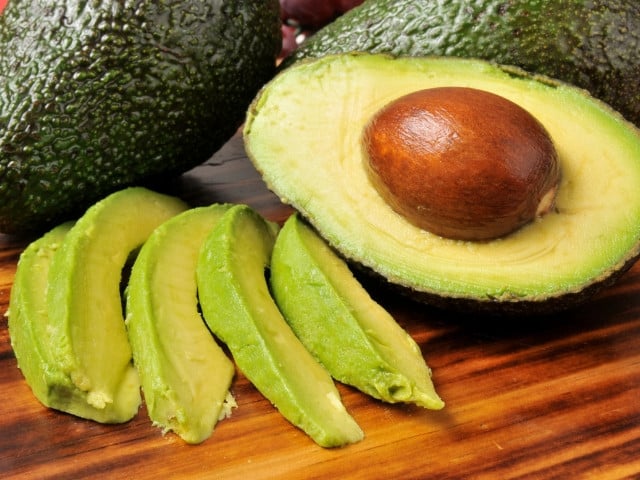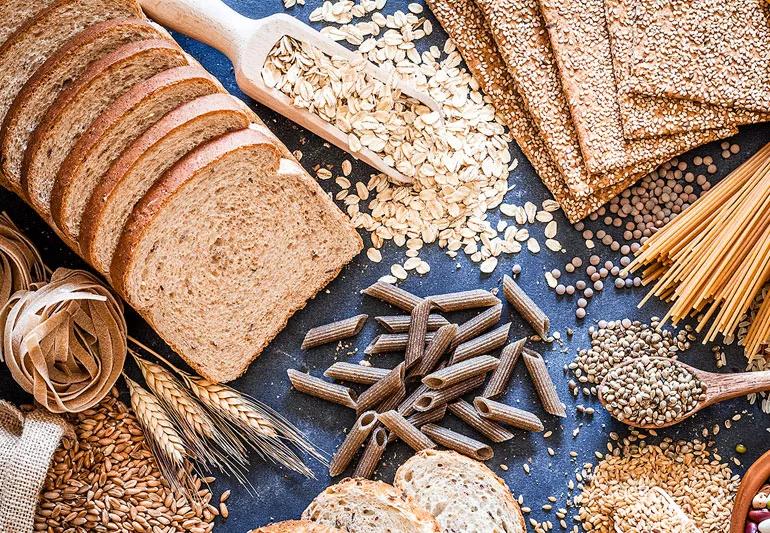Building a balanced plate isn’t about following strict diets or cutting out your favorite foods—it’s about making mindful choices that nourish your body while still enjoying what you love.
Whether you’re cooking at home or choosing a meal on the go, a balanced plate is a blueprint for filling your body with nutrients it craves.
Let’s break it down into simple steps that anyone can follow, no matter your level of cooking skills or knowledge about nutrition.
With just a few thoughtful adjustments, you can create meals that are satisfying, nutritious, and tailored to your unique tastes.
1. Fill Half Your Plate with Vegetables and Fruits

Start by filling half of your plate with a variety of colorful vegetables and fruits. These nutrient-packed foods are rich in fiber, vitamins, and minerals, helping to boost your immune system, improve digestion, and keep your skin glowing. Whether it’s a leafy salad, roasted veggies, or a side of fruit, variety is key. The more colorful your plate, the more nutrients it will contain. Choose from a range of options like leafy greens, bell peppers, carrots, apples, and berries for optimal health benefits.
2. Include Lean Proteins
:max_bytes(150000):strip_icc()/ChickenBreast-7c055ca42ace4670867b52b9ab642824.jpg)
The next section of your plate should be dedicated to lean protein sources. Proteins are crucial for building and repairing tissues, producing enzymes, and maintaining healthy muscles. Opt for healthier sources of protein such as chicken, fish, tofu, legumes, or eggs. These options provide all the benefits of protein without excess saturated fat. If you’re plant-based, legumes, beans, lentils, and quinoa are great protein-packed alternatives.
3. Add Whole Grains
Whole grains should occupy about a quarter of your plate. These carbs are your body’s main source of energy, and choosing whole grains over refined grains (like white bread or pasta) ensures you’re getting more fiber, vitamins, and minerals. Brown rice, quinoa, barley, oats, and whole-wheat pasta are fantastic options to include in your meals. These grains are digested more slowly, helping to keep your blood sugar levels steady and keeping you feeling fuller longer.
4. Include Healthy Fats

While not taking up a large portion of the plate, healthy fats should be incorporated into your meals. Healthy fats support brain health, reduce inflammation, and help with the absorption of fat-soluble vitamins. Choose healthy fats such as avocados, nuts, seeds, olive oil, and fatty fish like salmon or mackerel. A drizzle of olive oil over your salad or a small handful of almonds can provide that perfect touch of healthy fats.
5. Stay Hydrated

While it’s not technically a part of your plate, drinking plenty of water is essential for good digestion and overall health. Opt for water, herbal teas, or flavored water (with fresh herbs or fruits) throughout the day to stay hydrated. Avoid sugary drinks, as they can add empty calories and cause energy crashes.
6. Mind Your Portions
A balanced plate isn’t just about what you eat but also how much you eat. Paying attention to portion sizes helps prevent overeating while making sure your plate is filled with the right balance of food groups. Use smaller plates if you’re prone to overeating, and be mindful of the servings you put on your plate. Generally, a balanced meal should include 50% vegetables and fruits, 25% lean protein, and 25% whole grains.
7. Listen to Your Body

Lastly, remember to eat mindfully. Listen to your hunger cues and eat until you’re satisfied, not stuffed. Eating slowly can help you tune in to your body’s signals, allowing you to enjoy your meal and better gauge when you’ve had enough. The key to a balanced plate is not just in the foods you choose, but in how you approach eating them.






